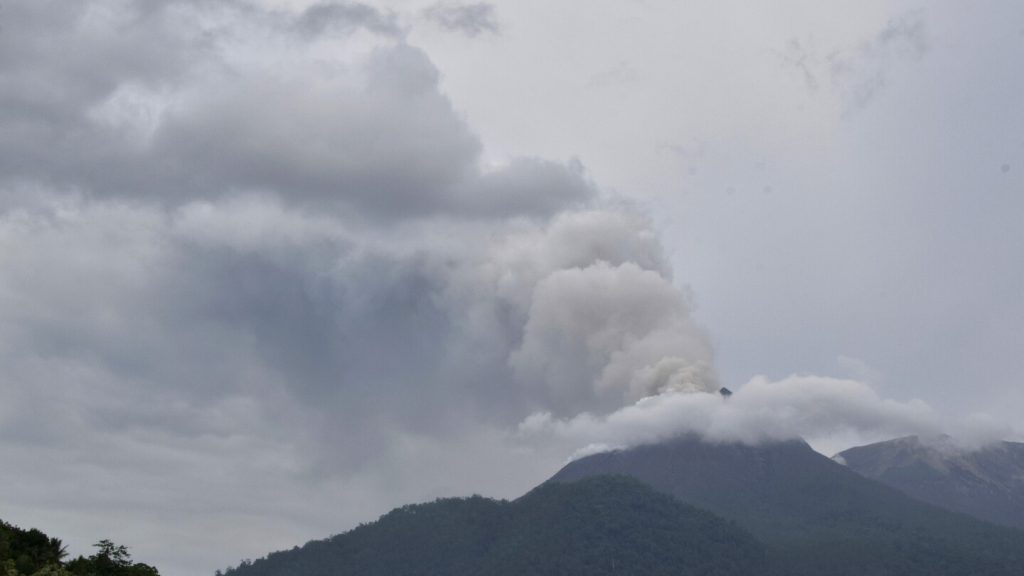The recent volcanic eruptions of Mount Lewotobi Laki Laki on Indonesia’s Flores Island have resulted in the tragic loss of nine lives and the injury of many others. The eruptions, which occurred on Monday, affected over 10,000 people in 10 villages on the remote island. Thousands of residents were forced to flee their homes as buildings collapsed around them, leaving behind a trail of destruction. In response, authorities have provided tons of logistical and aid supplies to those displaced, while warning against returning home prematurely. Rescue efforts are ongoing in the devastated villages, despite no reports of missing individuals.
Mount Lewotobi Laki Laki is one of 120 active volcanoes in Indonesia, a country prone to seismic activity due to its location along the “Ring of Fire” in the Pacific Ocean. The Center for Volcanology and Geological Disaster Mitigation has recorded nearly 5,000 volcanic eruptions across the nation since January, with Mount Ibu, Mount Semeru, and Mount Lewotobi Laki Laki being among the most active. In January, around 6,500 people were evacuated following eruptions at Mount Lewotobi Laki Laki, resulting in the closure of the island’s airport. The recent powerful eruption was attributed to a blockage of magma in the crater, causing increased pressure and subsequent explosive activity.
The frequency of volcanic eruptions in Indonesia underscores the constant risk faced by its residents. While many eruptions are minor and cause minimal damage, there have been deadly incidents in the past. Mount Marapi’s eruption in December 2023 claimed the lives of 24 climbers, while a subsequent landslide caused by monsoon rains resulted in further casualties. The eruption of Mount Semeru in December 2021 resulted in numerous fatalities and missing individuals, while the historic eruption of Mount Merapi in 2010 had devastating consequences, leading to the loss of hundreds of lives and displacement of thousands. The volcanic eruptions of Krakatau in 1883 had global implications, triggering a period of cooling across the planet.
As Indonesia continues to grapple with the aftermath of the Mount Lewotobi Laki Laki eruptions, questions are raised about the nation’s preparedness for such natural disasters. With the unpredictable nature of volcanic activity and the limitations of current monitoring technology, authorities face the daunting task of safeguarding their population against future eruptions. The resilience and response of communities affected by such events highlight the need for robust disaster management strategies and support systems in place. As the nation mourns the lives lost in this recent tragedy, efforts to rebuild and recover are underway, underscoring the importance of unity and solidarity in times of adversity.


